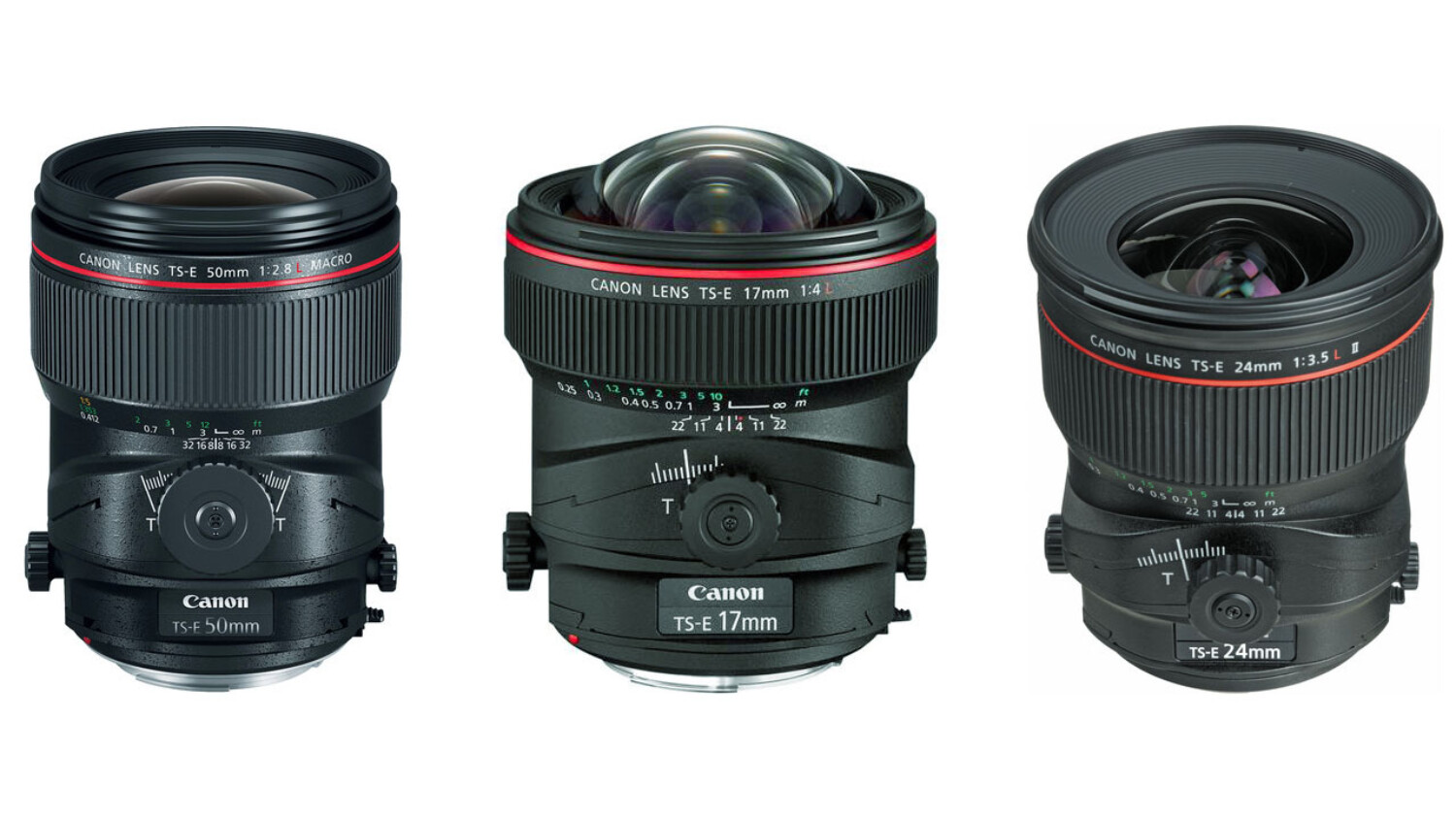Which Tilt-Shift Lens Should I Buy?
All of them.
This is one of the most frequently asked questions I receive and the answer is rather simple. Yes, you should buy them. All of them. No, it doesn’t matter which one you start with. You’ll see soon enough that you need them all.
I could end the article there. But I’m a nice person and will explain my reasoning.
Why we need tilt shift lenses
Tilt shift lenses are essential for photographing architecture. First, they allow us to keep the camera level while adjusting our field of view up, down, and to the side without introducing “ship’s prow” distortion. This can occur in both the vertical and horizontal planes and is a real mess to fix in post production, especially if you are not level in the X or Y axis.
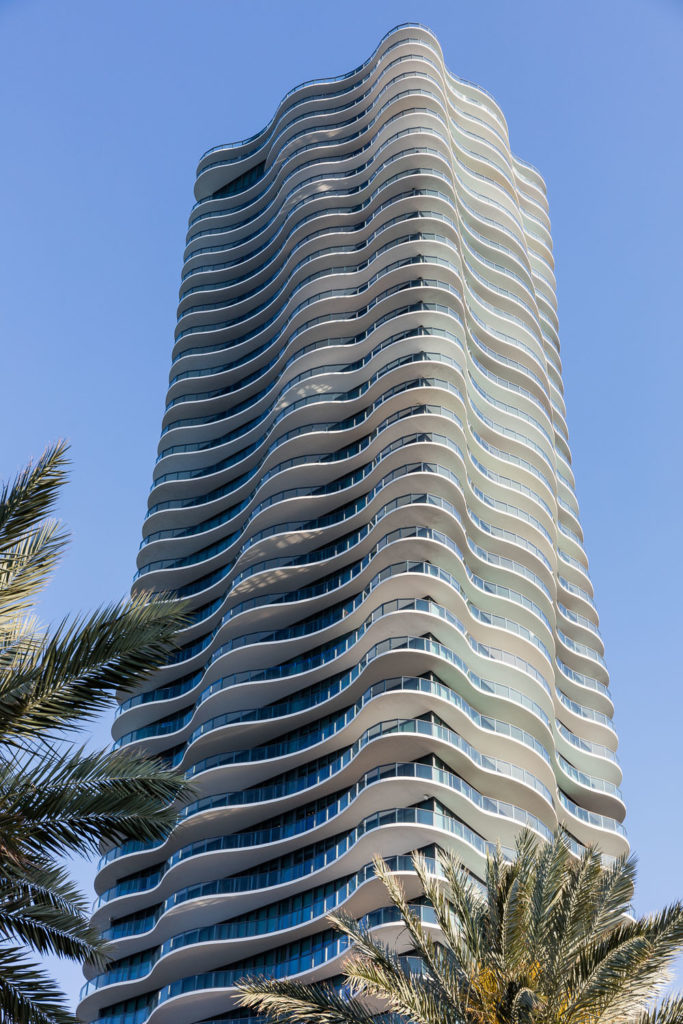
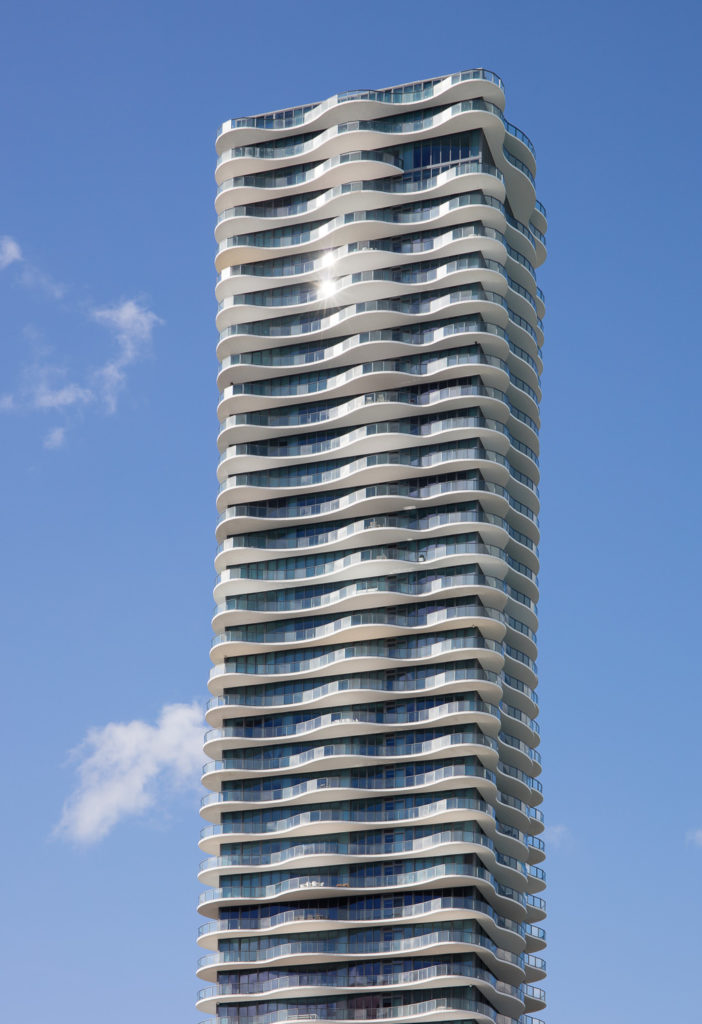
Secondly, they allow us to get very creative with our one point perspective photos which are a mainstay of architectural photography. Think of the classic elevation drawing by an architect, and you know what I’m talking about. With a tilt shift lens we are able to set our vanishing point in the middle of the frame and then look around – up and to the side, for example – while keeping our perspective untouched. That vanishing point stays in the same spot in physical space, but allows us to alter the field of view to create a more interesting composition.
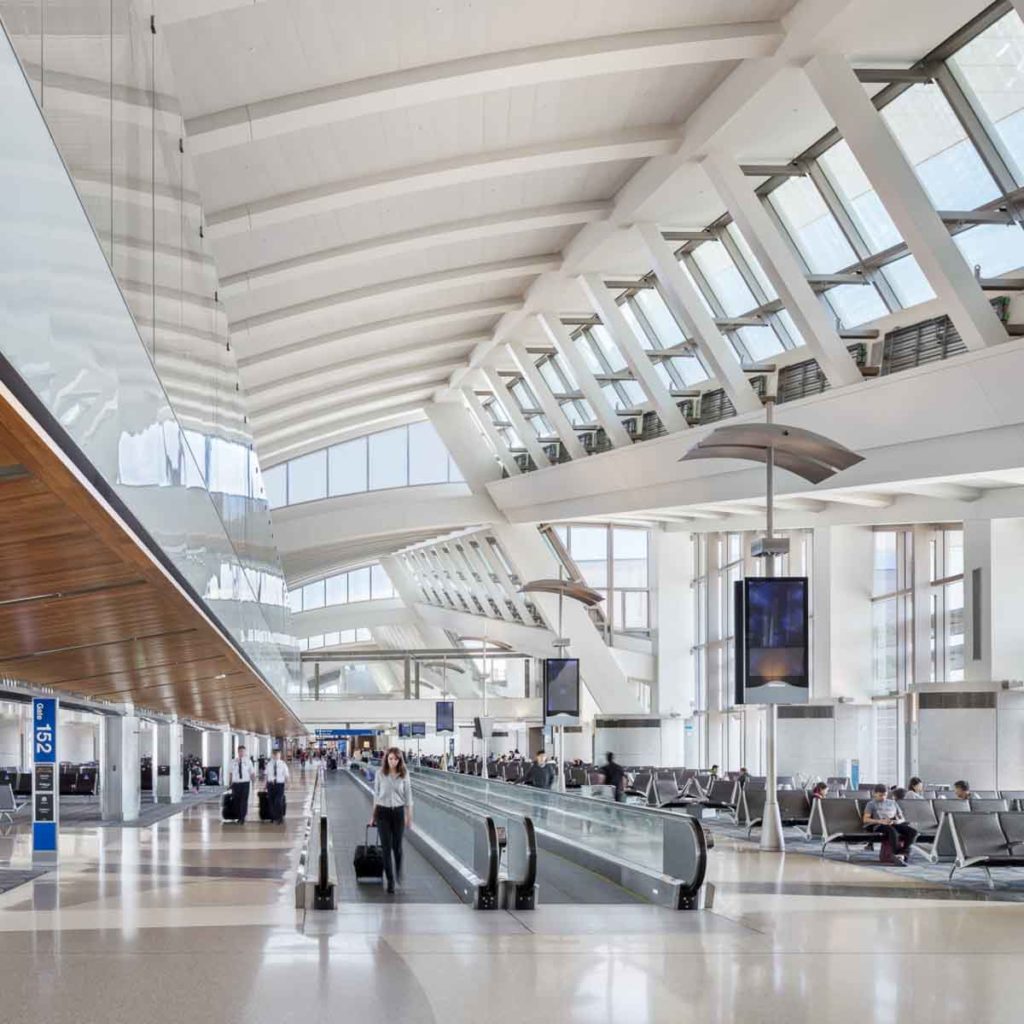
Without a tilt shift lens, you will have to shoot significantly wider and then crop to re-create this effect, or you’ll have to hope that you are able to fix your converging lines in post production which will result in a lot of wasted time and lost image data.
I find it so, so much easier to be able to compose my photographs right in the camera with a tilt shift instead of guessing at what my one point perspectives will look like after I skew them out in post production, which is what I’d have to do if composing only with a conventional lens.
Why we need all the tilt shift lenses
Because honestly, once you buy one, you can’t work without them! Once you master the way the lens works (which only takes a day or so), you quickly realize what you’re missing with conventional lenses. Manual focus is really no big deal with modern live view and focus confirm abilities built in to basically every camera on the market, and it’s not any slower because adjust the field of view with the knobs is not any harder than adjusting the zoom on a standard lens.
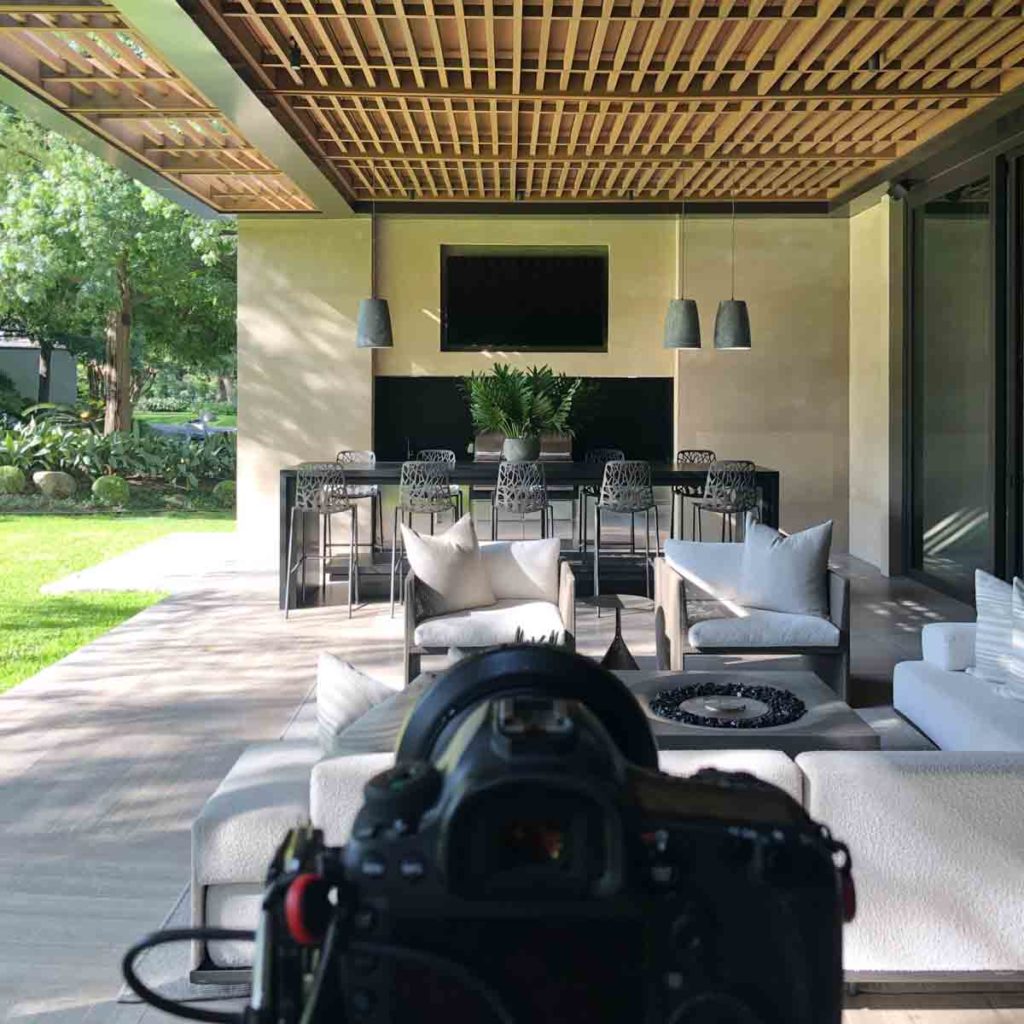
Because it’s expected that as a pro, you have the right tools for the job
If you have a client on set, do you think it instills confidence when you’re shooting tethered with a conventional lens and you tell them “trust me, it will look less wonky after post production”? I mean, where do you even start with that one? You should at least give your client the confidence that you’ve got the composition right. It’s easy enough to say that you can correct colors and fix window views (and show them what that looks like by adjusting exposure right there for them) but it’s a bit tougher to show them nothing even close to the final image and get them to sign off on it. That’s a level of trust even I’d struggle with.
As a Canon shooter, I personally use the 17mm, 24mm, and 50mm. I pair them up with the 1.4 extender to make them a little more versatile – and all of my focal lengths are covered. Nikon users are going to want the 19mm or 24mm, there’s also a 45mm but I can’t speak to the image quality as I’ve never used them.
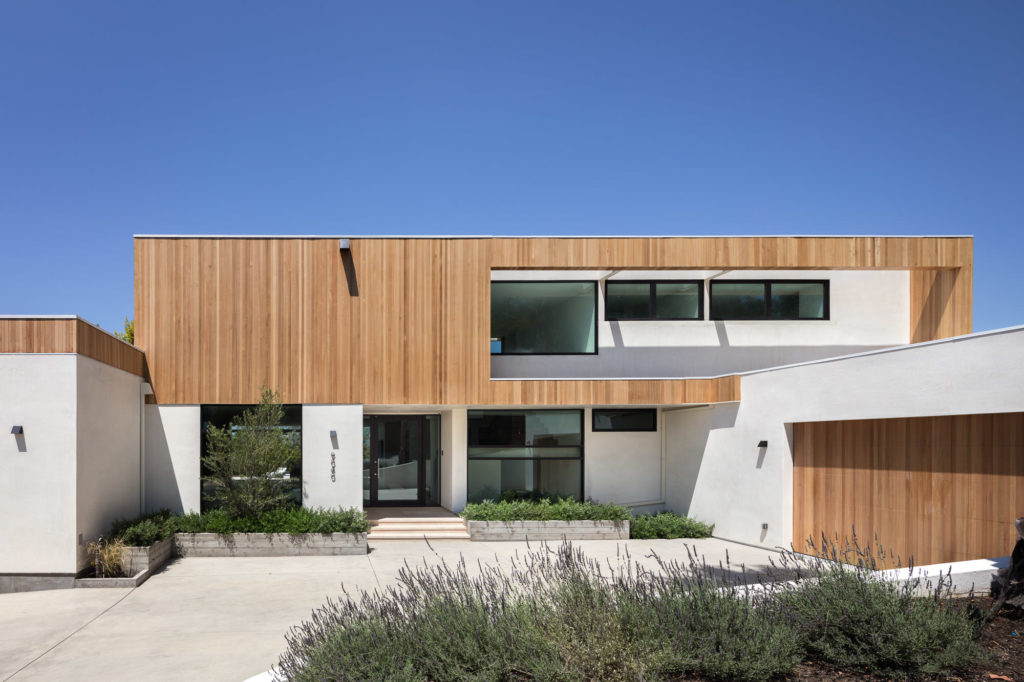
But but but…so-and-so does just fine without them!
I mean, can you do this job without them? Sure. Can you make ice cream without a freezer? I guess you can buy a crazy amount of bagged ice from the packie and go to town. But it’s making your job way harder than it has to be. The compositional and creative freedom that tilt shift lenses allow will have real impact on your ability to get the shot that you have in your head.
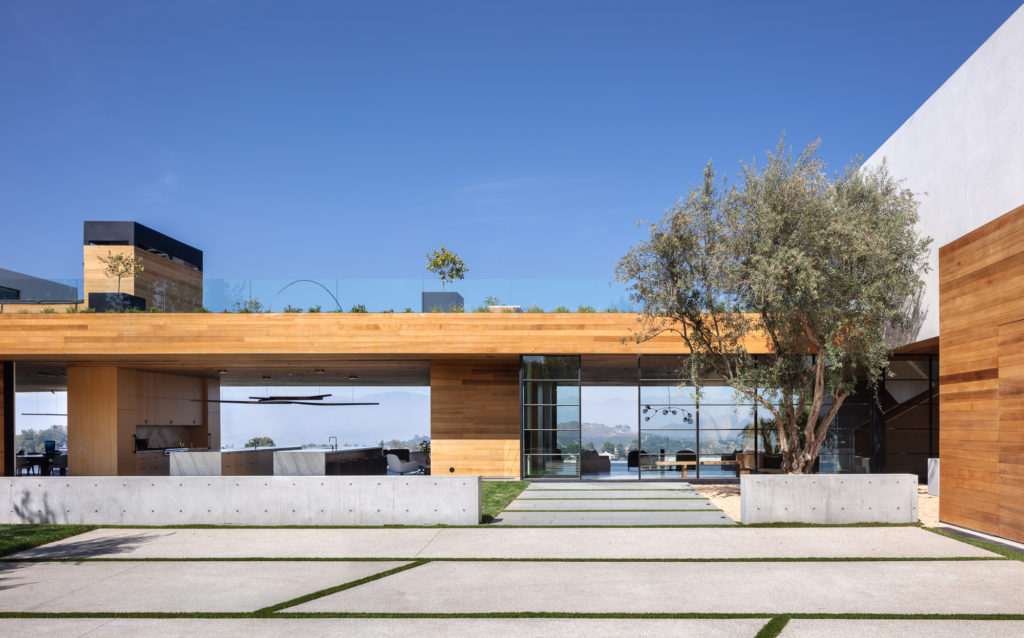
They’re tools for our businesses – just like my ice cream analogy up above, would you open a restaurant without an oven? Well, you could, but your life is going to be way, way harder than it needs to be. Get the right tools for the job!
Yes, they’re expensive, but another thing to remember is that they hold their value particularly well. If you pick up a used 24-TS for $1600, I promise you’ll be able to sell it if things don’t work out in a couple years for $1500. The depreciation is a hell of a lot better than any car, that’s for sure.
